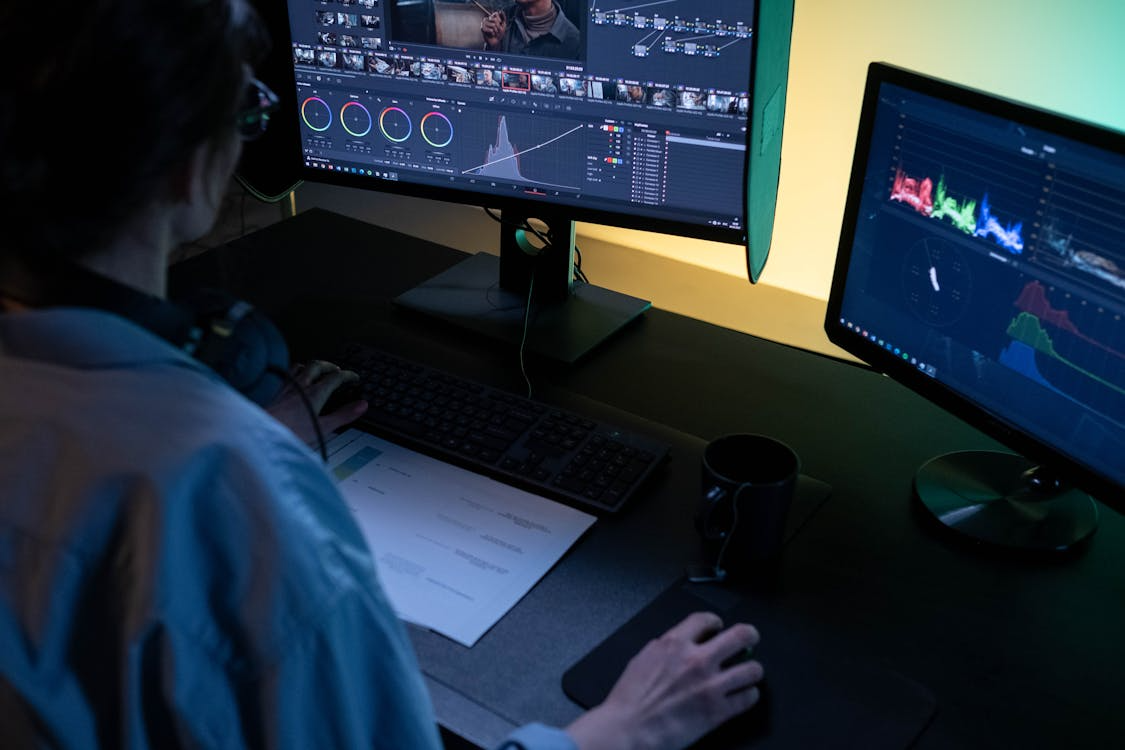When a new film, TV series, or game is released across borders, the first wave of reactions often comes not from critics, but from ordinary viewers typing away in the comments section. Whether on YouTube, Reddit, Weibo, or a streaming platform’s built-in forum, these comments reveal what audiences really think. Some of them are harsh—“This dubbing totally ruined the scene!”—while others are surprisingly warm—“Finally, a translation that captures the humor!” On the surface, these remarks may seem like emotional outbursts, but for anyone working in localization, they are valuable data. Properly collected and analyzed, audience feedback can become a powerful tool for refining localization strategies and ensuring that each new project resonates more strongly with its intended audience.
Why Audience Feedback Matters
Localization is more than simply transferring words from one language into another. It involves adapting cultural references, tones, and emotions in ways that feel natural for the new audience. Because this is a creative process, there is rarely a single “correct” translation. A line that delights one viewer might feel awkward or misleading to another. Professional translators, editors, and directors make educated choices, but it is only when the localized version meets its audience that the true effectiveness of those choices becomes clear.
This is why feedback is so crucial. Audiences will not hesitate to point out what feels “off”: a subtitle that misses a joke, a voice actor whose tone clashes with the scene, or a localized title that obscures the original meaning. They will also notice when things work beautifully, praising subtle puns or culturally adapted references that enhance immersion. Each comment is a miniature performance review, and taken together, they form a living report card for the localization team.
From Noise to Insight
Of course, anyone who has scrolled through a comment thread knows that not every opinion is useful. Internet feedback can be chaotic, emotional, and contradictory. The key challenge is distinguishing genuine insight from random noise. For example, a single complaint about “bad dubbing” may reflect personal taste, but a hundred similar comments across platforms suggest a deeper issue—perhaps the casting, the script adaptation, or even the audio mixing needs reevaluation.
To extract meaning from the noise, localization teams can borrow methods from data analysis. Tracking the frequency of specific complaints or praises helps identify patterns. A cluster of negative feedback about subtitles being “too literal” points to an overly word-for-word approach, while repeated appreciation of “natural-sounding dialogue” highlights a strategy worth repeating. In this way, subjective reactions become measurable trends.
Closing the Feedback Loop
Gathering feedback is only the first step; the real value lies in acting on it. A forward-looking localization strategy should include a feedback loop, where audience reactions inform adjustments in future projects. For example, if viewers consistently complain that cultural references are confusing, the team might decide to localize more aggressively, replacing them with equivalents that feel familiar to the target audience. Conversely, if audiences express frustration about “losing the original flavor,” the team may opt for more faithful translations, supplemented by explanatory notes or subtle cultural cues.
Studios can also experiment with pilot releases or soft launches in select regions, actively encouraging feedback before rolling out the full product. By doing so, they treat the audience as collaborators rather than passive consumers. This iterative approach mirrors practices in software development, where user feedback drives constant updates and refinements.
Turning Criticism into Collaboration
It is tempting to see negative comments as an attack, but reframing them as collaboration changes the picture. After all, viewers who take the time to complain about a mistranslated joke are also demonstrating engagement—they care enough about the story to want it told well. Responding to these audiences, even with a simple acknowledgment, can foster goodwill. Over time, this builds a community that feels heard and respected, which in turn strengthens loyalty to the brand or studio.
Furthermore, positive comments should not be overlooked. Praise for a particularly witty subtitle or an emotionally resonant voice performance provides clues about what is working. These successes can be documented and shared across teams as best practices. In this way, the comments section becomes not just a source of problems to fix but also a library of strategies to replicate.











